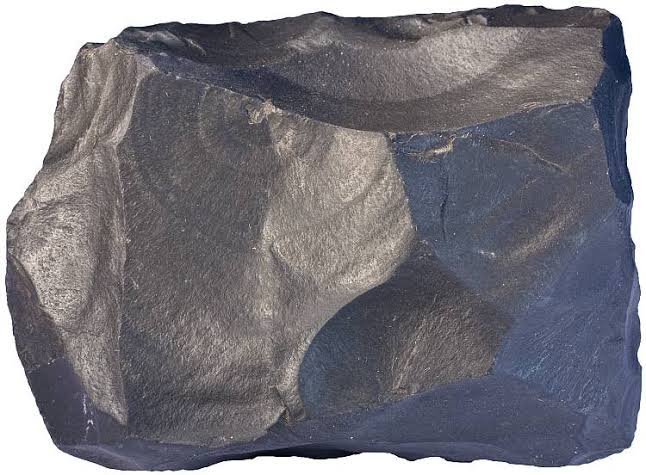Basalt is a dark-colored, dense rock composed primarily of plagioclase feldspar and pyroxene. It is the most common rock type found in oceanic crust and is an important component of the Earth’s continental crust. Basalt is formed through the rapid cooling and solidification of magma at Earth’s surface, resulting in the formation of lava flows and volcanic rocks.

Composition and Texture:
Basalt is characterized by its fine-grained texture and lack of distinct boundaries between the minerals. The primary minerals in basalt include:
Plagioclase feldspar: A group of silicate minerals that form a series of rock-forming minerals with the chemical formula (K,Na)(Si,Al)O4.
Pyroxene: A group of silicate minerals that form a series of rock-forming minerals with the chemical formula (Mg,Fe)SiO3.
Accessory minerals: These include trace amounts of iron oxide, titanium oxide, and calcium carbonate.
Distribution and Formation:
Basalt is the most common rock type found in oceanic crust, where it forms the ocean floor and mid-ocean ridges. It is also found in continental crust, where it forms the majority of the Earth’s continental crust. Basalt is formed through the rapid cooling and solidification of magma at Earth’s surface, which can occur through volcanic eruptions or the process of plate tectonics.
Applications and Uses:
Basalt has numerous applications and uses, including:
Construction: Basalt is used as a construction material due to its durability, strength, and resistance to weathering. It is commonly used for paving, walkways, and foundations.
Engineering: Basalt is used in the production of construction aggregates, while its feldspar content is used as a raw material in the production of glass and other refractory materials.
Metallurgy: Basalt is used in the extraction of valuable minerals such as titanium and iron.
Conclusion:
Basalt is a crucial component of the Earth’s continental crust and oceanic crust, formed through the rapid cooling and solidification of magma at Earth’s surface. Its fine-grained texture and composition make it an essential rock type for understanding the Earth’s geological processes and history. Basalt has numerous applications in various sectors, including construction, engineering, and metallurgy.
Leave a comment